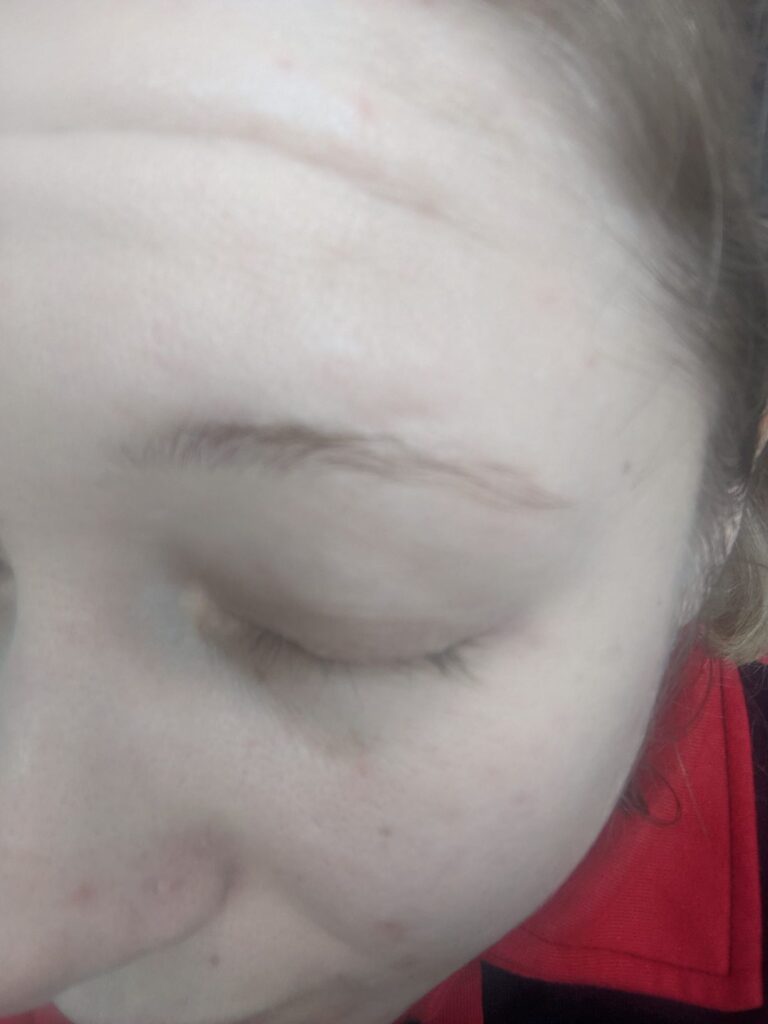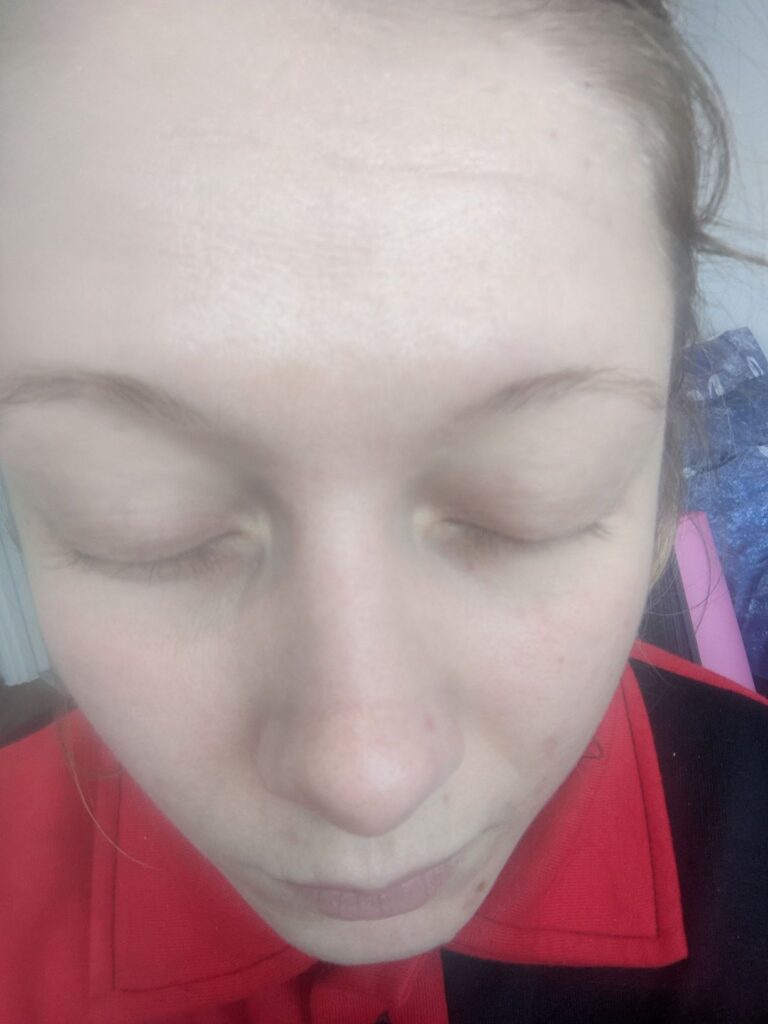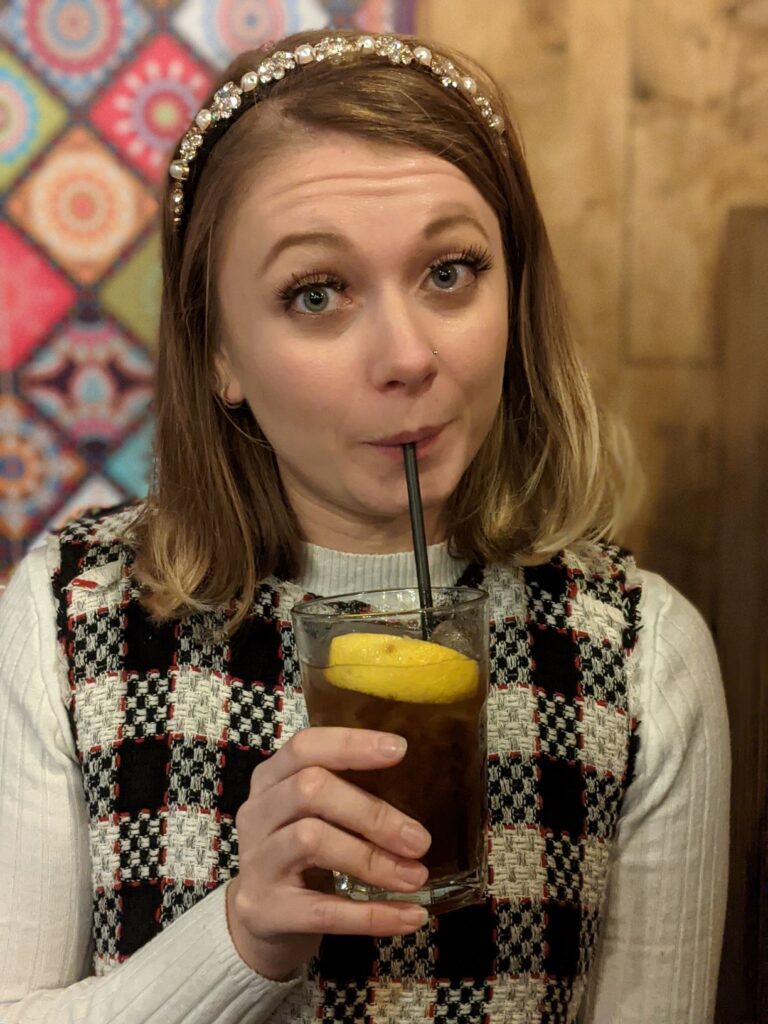What is Trichotillomania?
Trichotillomania (TTM) is something that I have suffered with since the age of 16, and I don’t feel as though enough is known about it. It is a mental disorder that affects less than 2% of the population which involves having sudden, uncontrollable urges to pull hair from different parts of the body. These urges can occur at any point and are often increased in situations that cause anxiety. I wanted to take the opportunity to write about it in the hope of educating others and reaching out to those who are experiencing the same.
It is unknown exactly what the cause is. Possible causes of trichotillomania have been linked to methods of dealing with stress and anxiety, a chemical imbalance in the brain similar to that which causes OCD, hormonal imbalance, or addiction. Looking at my personal story, I’d say it’s likely to be a mixture of addiction and my way of dealing with stressful situations. However, the causes and triggers can differ based on the individual.
My personal experience with trich
From my own personal experience, there aren’t many people who have heard of trich unless they have it themselves. Thinking back to how it began, I was bullied a lot throughout most of my school years. I was often alone and didn’t have many friends. One day, someone pointed out an eyelash on my face. “Blow it and make a wish” they said. From that moment onwards, I became obsessed with making wishes on my eyelashes. I was longing to fit in at school. I used to check my eyelashes every day; if any were wonky or out of line, I’d pull them out with tweezers and make a wish. This behaviour started from the age of 14.
I can’t pinpoint exactly when this silly theory stopped and it became a habit, but it is something that I haven’t been able to shake for the last 13 years. When I was in my early 20s, the urges to pull used to come and go in phases. Before starting university, I had a very active job at my local riding stables and at this point my eyelashes seemed to grow back. During my time at university, I often had a full set of eyelashes except around the exam period when they were bald. At one point, I even went to the GP about it, but he laughed at me and told me to find something else to do with my hands. It was at this point that I decided to Google my symptoms and realised that I had trich.


It’s hard to determine exactly what sets it off. Generally, I’ve noticed a correlation between the pulling, tiredness, and stress. However, when I worked a season in Ibiza, I managed 4 months without pulling and I was tired 90% of the time! As I’ve gotten older, it seems to have become progressively worse. Sometimes if I am just sat down watching TV, I find myself in a trance-like state, just pulling at my eyelashes. Other times I have touched them, and one feels slightly different, perhaps thicker or pointing in a different direction to the others. The urge to remove it becomes so strong that I won’t stop until it has gone, often pulling out others with it. If someone tries to stop me, I become anxious and agitated. My eyes are often left very sore and prone to infections as a result. Higher levels of activity seem to mean less pulling, but it’s hard to maintain this now as I work an office job, sat at a desk.
I can’t remember a time where I had a full set of eyelashes and in non-COVID times, I never left the house without false lashes on. I’m trying to work towards being able to wear mascara on my natural lashes, as a goal to stop pulling. Sometimes, it’s one step forwards and two steps back but I have some hints and tips that may help anyone who suffers with trich. Whilst they aren’t cures, they can help with the baldness, and urges to pull.


Hints and tips for trich sufferers
I have tried a number of treatments for my trichotillomania; CBT (cognitive behavioural therapy), hypnotherapy, and finding something else to do with my hands. Unfortunately, none of these methods have relieved me of trich for good. This isn’t to say that they won’t work for everyone though and I can certainly see how they could have a positive impact for some sufferers.
After 13 years of trying various different things to reduce the urges, and to help with the appearance of baldness, I have found a number of different tips and tricks to help with various aspects of the illness:
- Washing your face or having a hot shower or bath can help relieve the urge to pull.
- If you have the urge to pull at night, try to focus on getting to sleep. Usually, the urge is gone when you wake up.
- Exercise – if you are having urges to pull in the day, go for a run or do a home workout to try and overcome them.
- Apply coconut oil to the affected areas before you go to sleep to help aid growth. Castor oil also helps with the regrowth of hair, but I found that it really stung my eyes, so I’d avoid using it on your eyelids.
- Make sure you always have eye drops to hand, to help prevent you from touching your eyes if they get infected.
- Fake nails make it harder to pull hair, although they can be costly and don’t stop you entirely.
- Don’t examine the damage done in the mirror. Seeing wonky hairs can only make it worse. I tend to become fixated on them, and the desire to pull becomes worse.
- Use a growth serum like RapidLash on your missing hair to help it grow back. This product is mainly for eyelashes and brows.
- Avoid wearing makeup where possible. This can make the area itchy and dry, which can lead to pulling.
- Talk to your friends about it – make others aware so that they can stop you or point out when you are pulling.
- Invest in some natural-looking fake lashes for when you do go out. I recommend Ardell Demi-wispies. They are my go-to!
- If it is your eyebrows that you pull, invest in a good eyebrow pencil to cover it up. You can also try microblading, although it is expensive.
- Get into a good routine of having 8 hours sleep a night and eating healthily to try and reduce stress and anxiety from lack of sleep, or hunger!
You are not alone
Remember, you are not alone. If you are suffering with trichotillomania, my inbox is always open, and I’d be more than happy to connect. Reading about other people’s experiences online really helps you to understand what others are going through as well. There are also a number of celebrities who have shared their experiences, alongside a number of bloggers and accounts online:
- Sam Faiers; https://www.ok.co.uk/lifestyle/beauty/sam-faiers-pull-eyelash-picture-23271904
- Colin Farrell; https://www.celebuzz.com/2012-10-06/colin-farrell-talks-childhood-habits-with-jay-leno-on-the-tonight-show-i-used-to-pull-my-hair-out-video/
- Erin Bateman; https://www.bodyandsoul.com.au/health/health-advice/youve-got-this-bald-spot-on-the-top-of-your-head/news-story/14b9321c01fafe65d79c15d824207386
- Jenny Lawson (author of Furiously Happy); https://www.audible.co.uk/pd/Furiously-Happy-A-Funny-Book-About-Horrible-Things-by-Jenny-Lawson-Audiobook/B017BZM2RK?source_code=M2M30DFT1Bk13106022002IH&&ipRedirectOverride=true&gclid=Cj0KCQjwrsGCBhD1ARIsALILBYoPV_JrZ0duAIonRxgwHy9umysYtIXQnxig0KrNdlpn4-yMX741l_AaAl_EEALw_wcB&gclsrc=aw.ds
- Olivia Munn; https://www.hairclub.com/blog/olivia-munns-battle-trichotillomania/
- Sara Sampaio; https://www.harpersbazaar.com/celebrity/latest/a22573561/sara-sampaio-trichotillomania-hair-pulling/

I’ll immediately clutch your rss as I can’t find your email subscription hyperlink or newsletter service.
Do you have any? Kindly allow me understand in order that I may subscribe.
Thanks.
Thanks for ones marvelous posting! I really enjoyed
reading it, you happen to be a great author.
I will make certain to bookmark your blog and will often come back
in the foreseeable future. I want to encourage
you to continue your great writing, have a nice holiday weekend!
Does your site have a contact page? I’m having problems locating it
but, I’d like to send you an e-mail. I’ve got some
ideas for your blog you might be interested in hearing.
Either way, great site and I look forward to seeing it grow over time.
I believe what you published was actually very logical. However, what about this?
suppose you were to create a awesome headline? I am
not saying your content is not solid, however what if
you added a headline that grabbed people’s attention? I mean My battle with trichotillomania – Karina Through The Looking Glass
is kinda plain. You ought to look at Yahoo’s
home page and watch how they create news titles to grab viewers to open the links.
You might add a related video or a related pic or two to grab people interested about everything’ve written. In my opinion, it could
make your posts a little bit more interesting.
Saved as a favorite, I like your web site!
Can you tell us more about this? I’d care to find
out more details.
Greetings from Los angeles! I’m bored at work so I decided to check out your site on my iphone during
lunch break. I love the info you present here and
can’t wait to take a look when I get home. I’m amazed at how fast your blog loaded on my mobile ..
I’m not even using WIFI, just 3G .. Anyways, very good blog!
Excellent web site. A lot of useful information here.
I am sending it to a few friends ans additionally sharing in delicious.
And naturally, thanks for your sweat!
Hi! This is kind of off topic but I need some advice from an established blog.
Is it difficult to set up your own blog? I’m not very techincal but I
can figure things out pretty fast. I’m thinking about making my
own but I’m not sure where to start. Do you have any points or suggestions?
Thanks
I want to to thank you for this good read!! I definitely loved every bit of it.
I have you book marked to look at new stuff you post…
Wow, incredible weblog layout! How long have you ever been blogging for?
you make blogging look easy. The total glance of your website is wonderful,
as well as the content material!
I really like reading an article that will make men and
women think. Also, thanks for allowing for me to comment!
Thanks for one’s marvelous posting! I really enjoyed reading it,
you could be a great author.I will remember to bookmark your blog and will come back at some point.
I want to encourage continue your great posts, have a nice
afternoon!
This paragraph will help the internet visitors for
setting up new blog or even a blog from start to end.
I wanted to thank you for this wonderful read!! I certainly loved
every bit of it. I’ve got you bookmarked to check out new stuff you post…
Article writing is also a excitement, if you be acquainted with then you can write
if not it is complicated to write.
I am actually delighted to glance at this webpage posts which consists of lots of valuable information, thanks for providing such information.
My brother recommended I might like this blog. He was entirely right.
This post actually made my day. You can not imagine simply
how much time I had spent for this information! Thanks!
Nice post. I learn something new and challenging on websites
I stumbleupon every day. It will always be interesting to read content from other authors and
practice a little something from other websites.
You actually make it seem so easy with your presentation but I find this matter to be actually something
that I think I would never understand. It seems too complicated and
extremely broad for me. I’m looking forward for your next post, I will try to get the hang of it!